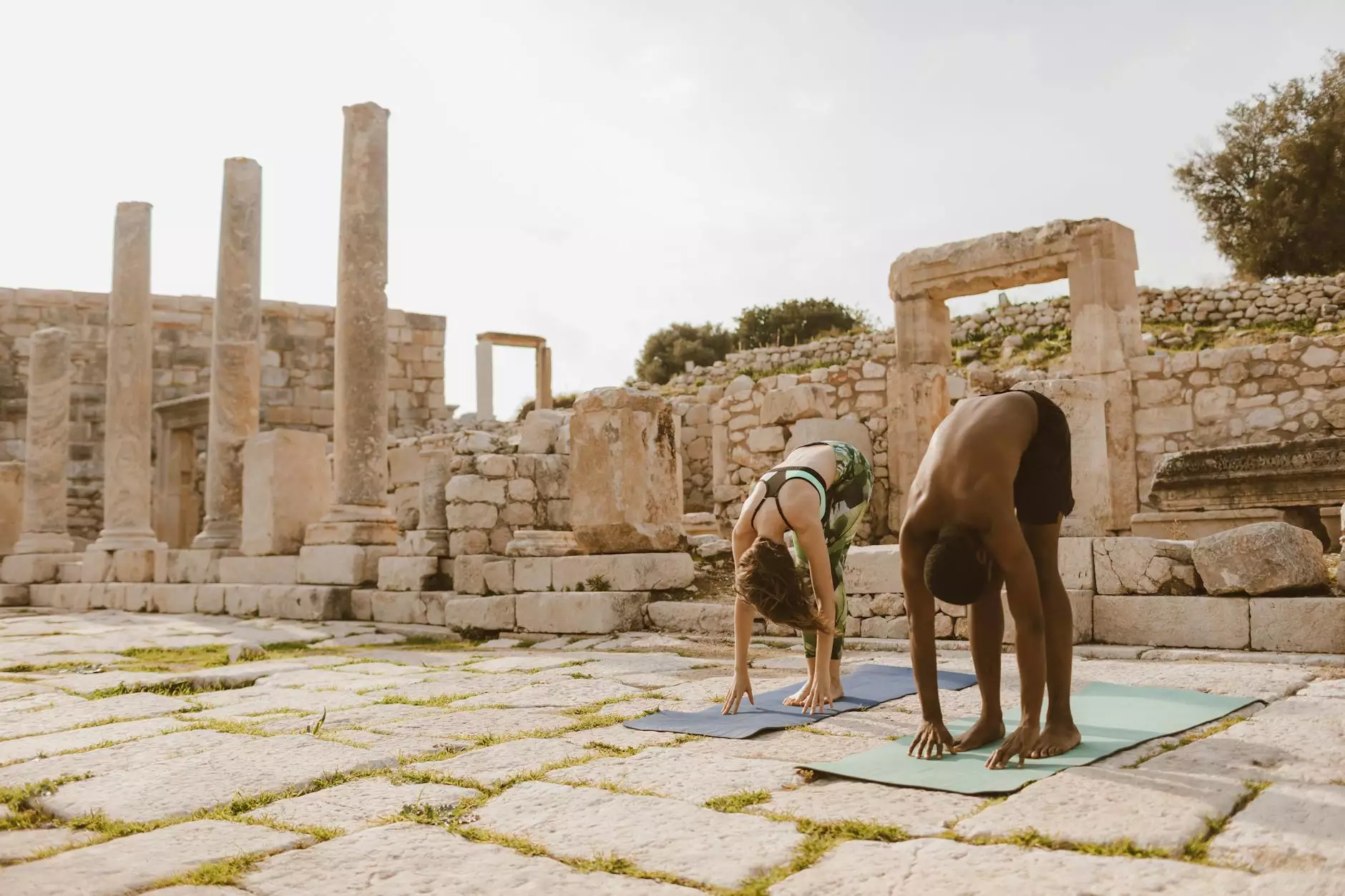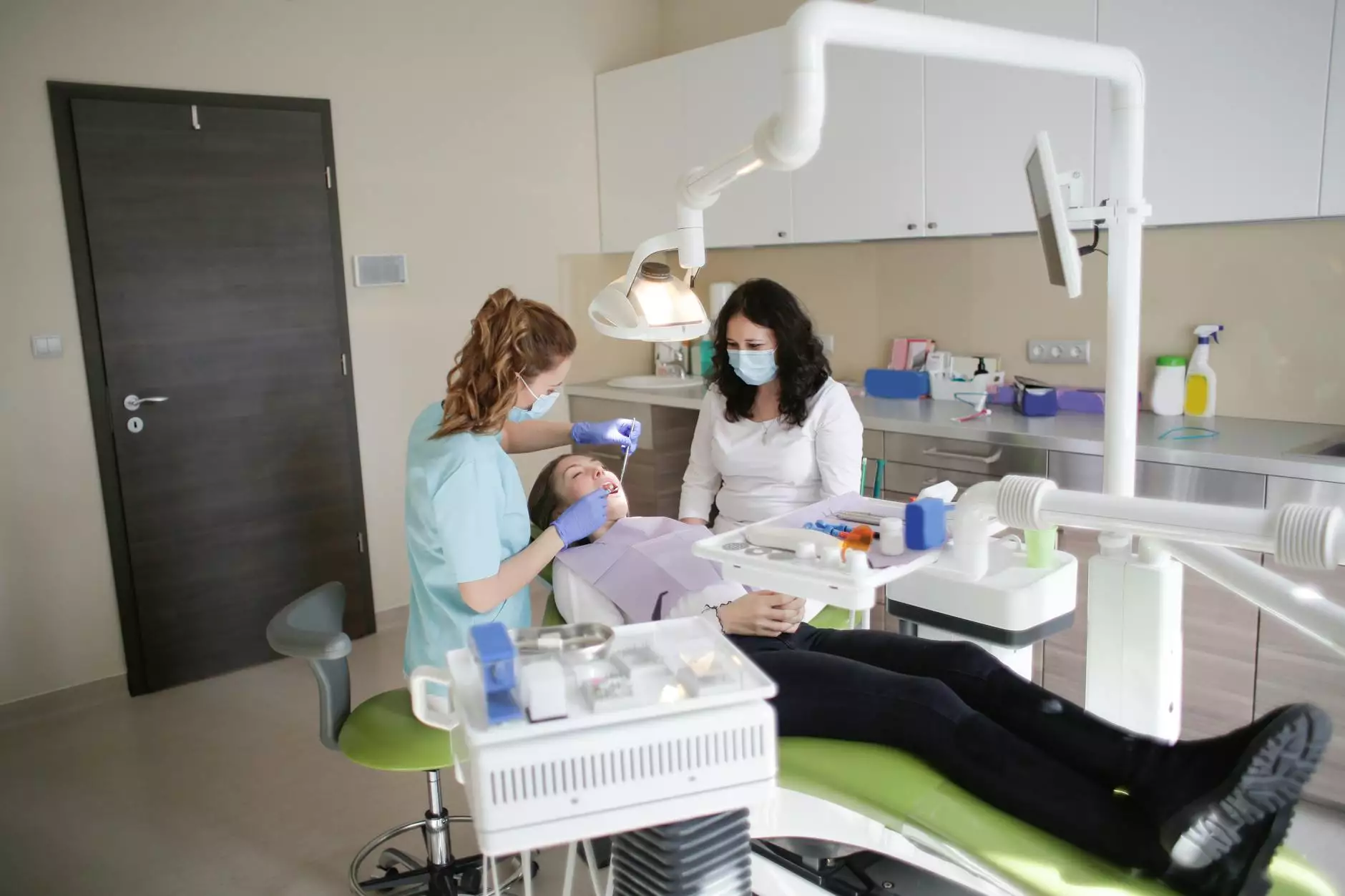Postnatal Pilates for Diastasis Recti: Healing and Strengthening

The journey of motherhood is a remarkable experience, filled with joy, challenges, and significant physiological changes. After childbirth, many women encounter a common condition known as diastasis recti, characterized by the separation of the abdominal muscles. This separation can create discomfort and impact self-esteem, making effective recovery practices essential. One of the most beneficial ways to address this condition is through postnatal pilates.
Understanding Diastasis Recti
Diastasis recti occurs when the rectus abdominis muscles—the "six-pack" muscles—become stretched and separated due to the physical demands of pregnancy. This condition can lead to various issues, including:
- Lower back pain
- Pelvic instability
- Difficulty with core strength
- Postural problems
- Challenges in physical activities
Understanding this condition is the first step towards recovery. Women who notice a gap above their navel or experience unusual bulging in their abdomen may be experiencing diastasis recti, necessitating a gentle yet effective exercise regimen to restore core strength and stability.
Benefits of Postnatal Pilates
Postnatal pilates offers a unique exercise approach tailored for new mothers, aimed not only at strengthening the abdominal muscles but also at promoting overall wellness. Here are some key benefits:
1. Core Strengthening
One of the primary focuses of pilates is strengthening the core. By strengthening the deep abdominal muscles, pilates helps close the gap created by diastasis recti, aiding in proper recovery.
2. Improved Posture
After pregnancy, many women struggle with posture due to the physical changes that occur. Pilates emphasizes body alignment and awareness, promoting better posture and reducing the risk of back pain.
3. Enhanced Flexibility
Postnatal pilates incorporates stretching exercises that improve overall flexibility, crucial for a mother’s physical recovery. Increasing flexibility can result in better movement patterns in daily activities.
4. Mental Wellness
Engaging in pilates also supports mental health. The focus on controlled breath and movement lowers stress levels and improves mood, offering holistic benefits beyond physical strength.
5. Safe and Effective
Designed specifically for postnatal women, pilates provides a safe environment to gradually regain strength without risking injury. It's adaptable to different fitness levels, making it accessible to everyone.
Key Pilates Exercises for Diastasis Recti
Incorporating specific pilates exercises can significantly contribute to healing diastasis recti. Here are a few effective exercises to consider:
1. Pelvic Tilts
This exercise is fundamental for re-establishing connection with the core. Start by lying on your back with your knees bent and feet flat on the floor. As you inhale, arch your back slightly; on the exhale, press your lower back into the mat, engaging your abdominal muscles.
2. Heel Slides
From the same starting position, slowly slide one heel away from your body while maintaining contact with the mat. Return to the starting position, focusing on keeping your core engaged throughout the movement.
3. Single-Leg Stretch
While lying on your back, lift both legs to a tabletop position. Extend one leg out while pulling the opposite knee to the chest, engaging your abdomen to prevent any bulging. Alternate legs to promote coordination and core strength.
4. Chest Lift
Lie on your back with knees bent. As you inhale, curl your head, neck, and shoulders off the mat, engaging the core. Hold briefly, then return to the mat. This exercise strengthens the upper abdominal muscles while promoting correct engagement.
5. Bridging
Lie on your back with knees bent. Lift your hips off the ground, creating a straight line from shoulders to knees. Squeeze your glutes at the top and lower back down slowly. This not only works the core but also strengthens the glutes and lower back.
Getting Started with Postnatal Pilates
Before embarking on your pilates journey for diastasis recti recovery, it's crucial to consult with a healthcare provider or a qualified physiotherapist, especially if you're dealing with other complications post-pregnancy.
1. Choosing the Right Class
Look for postnatal pilates classes either in-person or online that cater specifically to new mothers. It's essential to select classes that focus on core rehabilitation and are led by instructors knowledgeable about diastasis recti.
2. Setting a Routine
Establishing a consistent routine is vital for progress. Aim for at least two to three sessions per week to see significant improvements in strength and stability.
3. Listening to Your Body
Your body has undergone a tremendous change, so it's essential to listen to signals it sends. Ensure that you combine rest with activity and modify exercises if you feel discomfort or pain.
Postnatal Pilates and Professional Guidance
While engaging in postnatal pilates exercises can yield substantial benefits, working with a qualified instructor or physical therapist can enhance your recovery process. These professionals can provide personalized adjustments and monitor your form to prevent potential injuries.
Physical Therapy Integration
At Hello Physio, our team specializes in women's health physiotherapy, including postnatal recovery strategies. Integrating physical therapy with pilates can create a comprehensive approach that addresses any specific issues related to diastasis recti, offering:
- Customized treatment plans
- Hands-on techniques for realigning the body
- Guidance on safe exercise practices
- Long-term strategies for maintaining core strength
Success Stories and Community Support
Many women have successfully reclaimed their strength and confidence through dedicated efforts in postnatal pilates. Engaging with a community of likeminded individuals can provide vital support, motivation, and inspiration to continue on your path of recovery.
Consider joining classes at local studios or online platforms where you can connect with other mothers who are on similar journeys. Sharing experiences and challenges can ease the emotional aspects of recovery and remind you that you are not alone.
Conclusion: Embrace Your Postnatal Journey
Postnatal pilates offers an effective and supportive path toward healing diastasis recti and enhancing overall physical wellness. By committing to this practice, you can regain strength, improve your posture, and foster a healthy mindset that benefits both you and your family. Remember, it’s not just about the body; it’s about nurturing yourself in this transformative stage of life.
Take the first step today by reaching out to a qualified instructor or visiting Hello Physio to explore how we can assist you in your recovery journey. Embrace your postnatal journey with power, grace, and resilience!
postnatal pilates diastasis recti








